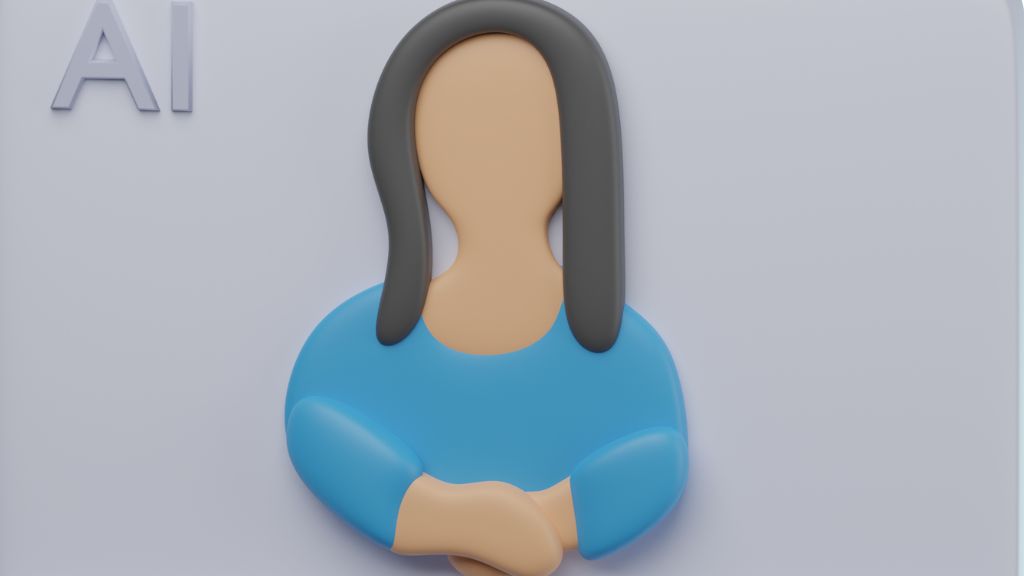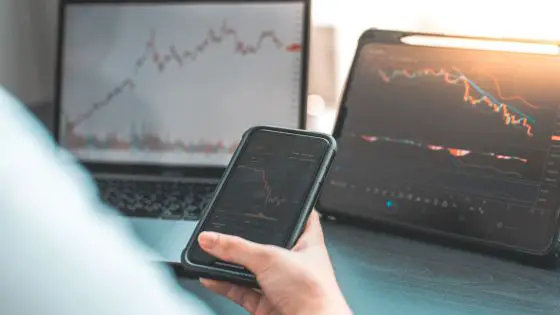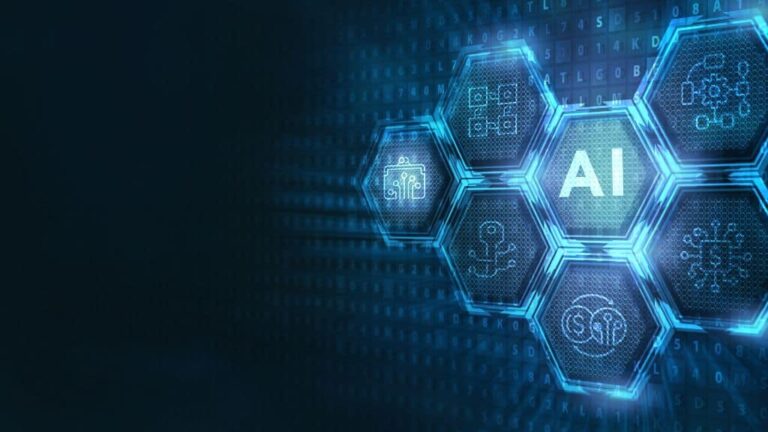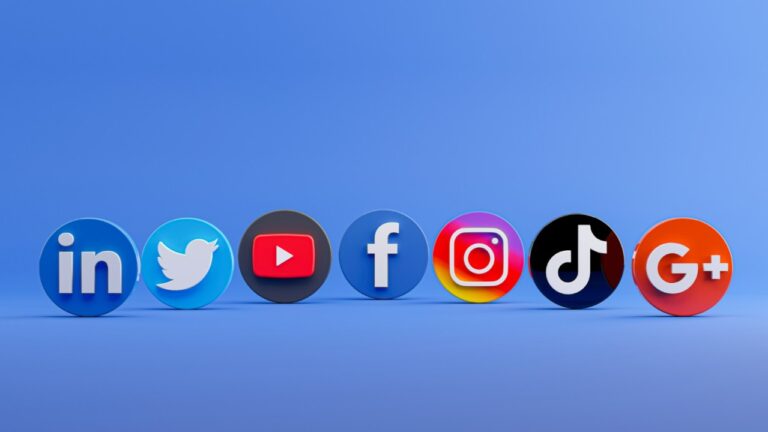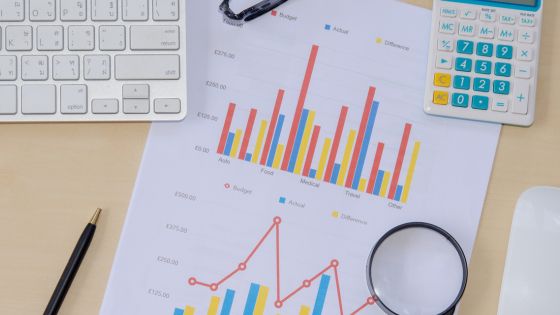How AI Generated Artwork Technology is Shaping Creativity

In the ever-evolving landscape of art and technology, AI-generated artwork is a burgeoning field that is redefining the boundaries of creativity and challenging our perceptions of artistic expression.
As artificial intelligence becomes increasingly sophisticated, artists, technologists, and even novices are collaborating to produce awe-inspiring, thought-provoking pieces of art.
But what exactly is AI-generated art, and how is it impacting the traditional art world?
This article delves deep into the transformative power of AI in shaping creativity and explores its far-reaching implications for artists, collectors, and the broader art ecosystem.
What is AI-Generated Artwork?
AI-generated artwork refers to art created with the assistance or direction of artificial intelligence algorithms. These algorithms analyze existing art pieces, learn from them, and then generate new works that can either mimic the style of a particular artist or create something entirely unique. The process often involves machine learning techniques like neural networks and generative adversarial networks (GANs) to produce high-quality, intricate designs. The result is a fusion of computational prowess and artistic vision, leading to creations that can be both technically complex and emotionally resonant.
The Evolution of AI in Art
AI art vs human art is a question that people try to solve for a long time. The integration of AI into the art world is not a new phenomenon. Early experiments date back to the 1960s, but it’s only in the last decade, with the advent of more advanced machine learning algorithms and greater computational power, that AI-generated art has gained significant traction. Advances in machine learning, data analytics, and hardware capabilities have enabled artists to create complex and nuanced pieces that challenge the traditional definitions of art and creativity. This has led to a surge in exhibitions, academic discussions, and even commercial sales focusing on AI-generated art.
Artificial Intelligence in Art and Design and How does it work?
Expanding the Creative Palette
AI algorithms offer artists a new set of tools to expand their creative palette. With AI, artists can explore new forms, textures, and compositions that were previously unimaginable or too time-consuming to create manually. For instance, AI can simulate different materials and lighting conditions, allowing artists to visualize and iterate on their ideas more rapidly.
Democratizing Art Creation
AI graphics are also democratizing the art world by making it more accessible. With user-friendly software and platforms, even those without a traditional art background can create compelling pieces. This democratization is breaking down barriers to entry and allowing a more diverse group of creators to contribute to the art world.
Challenging Traditional Notions
Will AI replace graphic designers and artists? The rise of AI-generated art challenges traditional notions of authorship and originality. It raises questions about the role of the artist and the machine, pushing us to reconsider what we value in a piece of art. Is it the human touch, the creative process, or the final product that matters most? These questions are sparking vibrant debates among artists, critics, and audiences alike.
The Market for AI-Generated Art
The commercial aspect of AI-generated art is equally fascinating and complex. In 2018, an AI-generated portrait sold for $432,500 at a Christie’s auction, signaling a growing acceptance and valuation of AI-created art. Since then, the market has continued to evolve. NFTs (Non-Fungible Tokens) have also provided a new platform for artists to sell digital AI-generated art, further legitimizing its place in the art market. These digital tokens offer proof of ownership and authenticity, making it easier for artists and collectors to buy and sell AI-generated art in a secure manner.
Ethical and Legal Considerations
As with any technological advancement, AI-generated art comes with its own set of ethical and legal challenges. Issues around copyright, intellectual property, and the ethical implications of machine-generated art are still being debated. For instance, who owns the rights to an AI-generated piece? Is it the programmer who designed the algorithm, the artist who provided the initial data, or the machine itself? These questions are still largely unanswered and are the subject of ongoing legal scrutiny.
Conclusion
AI-generated artwork is more than just a technological marvel; it’s a transformative force that is reshaping the landscape of creativity and the art world at large. From expanding the artistic toolkit to democratizing art creation and challenging traditional norms, AI is making an indelible impact. As we continue to explore the possibilities and limitations of this exciting frontier, one thing is clear: AI-generated art is here to stay, and it will continue to provoke, inspire, and redefine our understanding of what art can be. The future of art is a collaborative effort between humans and machines, and the possibilities are as limitless as our collective imagination.

